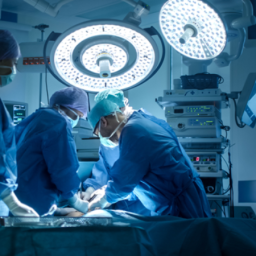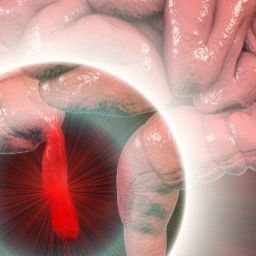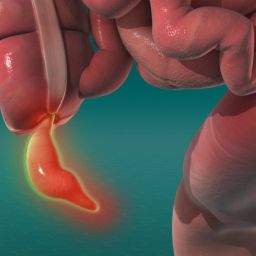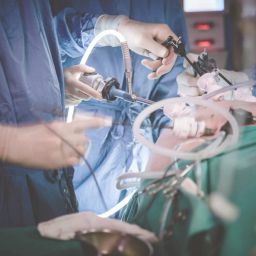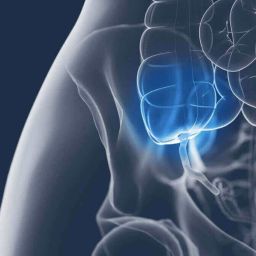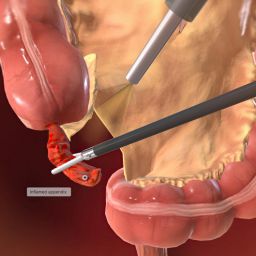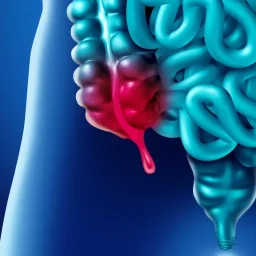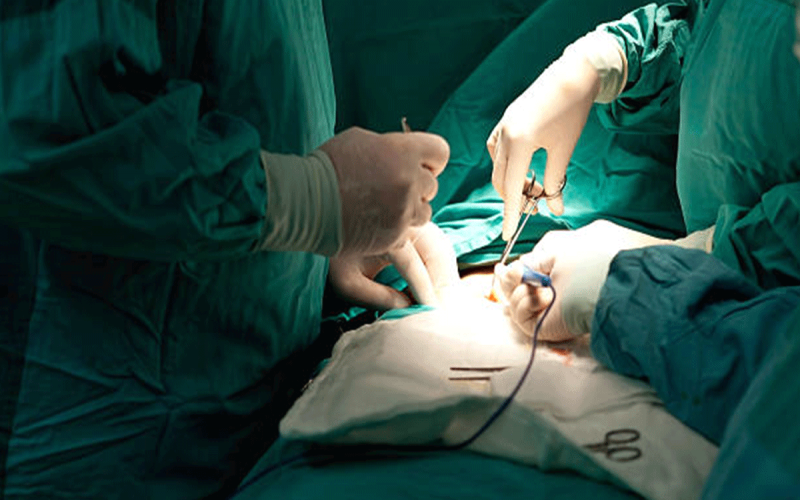
1. Post-Surgery Pain and Discomfort
One of the most immediate challenges patients face after an appendectomy is pain and discomfort. This is a normal part of the healing process, but it can be difficult to manage for some individuals. The level of pain varies depending on factors such as the surgical approach (laparoscopic vs. open surgery), the severity of the appendicitis, and individual pain tolerance.
a. Acute Pain After Surgery
In the first few days after surgery, patients often experience sharp pain at the site of the incision. The pain may be more intense during movement or when changing positions. In the case of open appendectomy, where a larger incision is made, recovery can involve more significant pain than laparoscopic surgery, which uses smaller incisions and results in less tissue trauma.
b. Managing Pain Effectively
Pain management is crucial for promoting a smooth recovery. Doctors typically prescribe pain relievers, such as acetaminophen or ibuprofen, to help manage mild to moderate pain. For more intense pain, narcotic pain medications may be prescribed, but these should be used sparingly to avoid side effects like constipation, dizziness, or dependency.
In addition to prescribed medications, patients can benefit from:

- Cold Compresses: Applying ice packs or cold compresses to the surgical site can help reduce swelling and alleviate pain.
- Elevating the Legs: Elevating the legs while lying down can help relieve pressure on the abdomen and minimize discomfort.
- Gentle Movement: While it’s important to avoid strenuous activities, gentle movement and stretching can help reduce muscle stiffness and alleviate discomfort.
c. When to Seek Medical Attention
Although mild to moderate pain is typical during recovery, patients should watch for signs that may indicate complications, such as an infection. If the pain becomes unmanageable, worsens significantly, or is accompanied by fever, increased redness or swelling at the incision site, or a foul-smelling discharge, medical attention should be sought immediately.
2. Risk of Infection
Another challenge that arises after appendectomy is the risk of infection. Even with the best surgical techniques and sterile conditions, there is always a possibility that the incision site or internal organs may become infected. This is especially true in cases where the appendix ruptured before the surgery, leading to the spread of bacteria into the abdominal cavity.
a. Incision Site Infection
An infection at the incision site is one of the most common complications following appendectomy. Symptoms of a site infection include redness, swelling, warmth, or discharge from the wound. In severe cases, the infection can cause an abscess, leading to increased pain and a longer recovery time.
b. Abdominal Infection (Peritonitis)
If the appendix ruptured before the surgery, there’s an increased risk of peritonitis, which is the infection of the peritoneal cavity (the area surrounding the abdominal organs). This can lead to widespread infection, pain, and fever. The symptoms of peritonitis include severe abdominal pain, bloating, nausea, and vomiting.
c. Preventing Infections
To minimize the risk of infection, patients should follow their doctor’s post-operative care instructions carefully. Key steps include:
- Keeping the Incision Clean and Dry: Patients should clean the wound gently with mild soap and water and avoid submerging it in water until it heals fully.
- Taking Antibiotics as Prescribed: If antibiotics are prescribed post-surgery to prevent infection, patients should take them as directed and complete the full course, even if they feel better.
- Monitoring for Signs of Infection: If the patient notices any signs of infection, they should contact their healthcare provider immediately.
3. Digestive Issues and Constipation
After appendectomy, many patients experience digestive issues, especially constipation. This is partly due to the medications used during and after surgery, particularly narcotics, which can slow down the digestive system. In some cases, patients may also experience nausea, vomiting, or bloating, which can make eating and drinking uncomfortable.

a. Constipation After Surgery
Constipation is a common problem following appendectomy, as the body adjusts to surgery and pain medications. Narcotics like opioids, which are commonly prescribed for pain relief, are known to cause constipation by slowing down bowel movements. Additionally, the lack of physical activity during recovery can contribute to slower digestion.
b. Managing Constipation
To manage constipation, patients should take steps to support digestive health, including:
- Increasing Fluid Intake: Drinking plenty of water is crucial for preventing constipation. Staying hydrated helps soften stool and promotes normal bowel function.
- Eating Fiber-Rich Foods: Incorporating high-fiber foods into the diet, such as whole grains, fruits, vegetables, and legumes, can help stimulate bowel movements.
- Gentle Physical Activity: As soon as the doctor gives clearance, patients should start moving around gently to stimulate digestion. Light walking can help improve gut motility and reduce constipation.
- Stool Softeners or Laxatives: In some cases, doctors may recommend over-the-counter stool softeners or mild laxatives to alleviate constipation.
c. Dealing with Nausea and Vomiting
If nausea or vomiting persists after surgery, it’s important to consult a doctor, as it could indicate a complication such as infection, a bowel obstruction, or medication side effects. In some cases, anti-nausea medications may be prescribed to help manage these symptoms.
4. Emotional and Psychological Challenges
The recovery process after appendectomy isn’t just physical—it can also have emotional and psychological impacts. For many patients, the experience of undergoing surgery, the interruption of their daily routines, and the limitations they face during recovery can lead to feelings of frustration, anxiety, or even depression.
a. Anxiety and Stress
It’s normal for patients to feel anxious after surgery, especially if the appendectomy was an emergency procedure. The uncertainty about healing and the potential for complications can contribute to stress and worry. Some individuals may also experience anxiety related to the restrictions on their activities, as they may have to limit work, social events, or even household chores while recovering.
b. Feeling Isolated or Depressed
For some individuals, the recovery process may feel isolating, especially if they are required to stay home and rest for an extended period. Feelings of boredom, frustration, and even sadness can set in, particularly if patients feel their recovery is taking longer than expected.
c. Addressing Emotional Challenges
To overcome these emotional challenges, patients can benefit from:
- Support Systems: Encouraging family members and friends to provide emotional support can help reduce feelings of isolation. Support groups or online communities can also offer a sense of connection with others who have undergone similar procedures.
- Engaging in Light Activities: Patients can engage in gentle activities such as reading, watching movies, or doing hobbies they enjoy to help distract from feelings of frustration.
- Talking to a Professional: If emotional challenges become overwhelming, talking to a therapist or counselor can be helpful. A mental health professional can offer strategies for coping with anxiety, stress, and depression during the recovery period.
5. Restricted Physical Activity
After appendectomy, patients are usually advised to refrain from strenuous physical activities for a period of time to allow the body to heal. This can be particularly difficult for active individuals or those who have jobs that require physical exertion.
a. Rest and Recovery
Initially, patients should focus on resting and allowing their bodies to recover. For the first few days, bed rest is often recommended, followed by light activities such as short walks to prevent blood clots and improve circulation. It’s important to avoid lifting heavy objects, vigorous exercise, or any activity that places strain on the abdominal muscles during the early stages of recovery.
b. Gradual Return to Physical Activity
Once the doctor clears the patient, they can gradually return to physical activities. This might include light stretching, yoga, or walking, gradually increasing the intensity as the body heals. Patients should listen to their bodies and avoid pushing themselves too hard during the recovery phase.
c. Post-Surgery Exercise Guidelines
Patients should work with their healthcare providers or physical therapists to develop an appropriate exercise plan tailored to their specific recovery needs. This will help restore strength, flexibility, and overall physical well-being after surgery.

